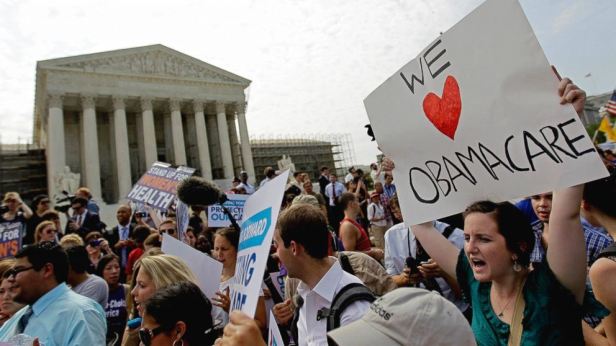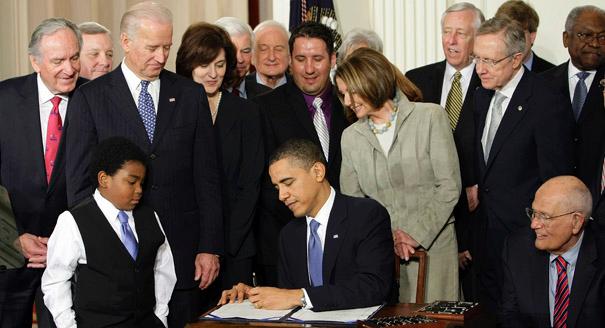That is, not in it’s original form.
Videos by Rare
Obamacare is morphing into something very different from what Democrats thought they were forcing on the American people in 2010. As bad as it was, the law at least had some internal consistency at the beginning; that’s largely gone, raising questions whether the law could survive a future equal-protection challenge under the Constitution.
Either President Obama or someone at the Department of Health and Human Services (HHS) has been making substantive changes to Obamacare on almost a daily basis: postponing implementation of some portions, granting exemptions for other parts, allowing certain states to make their own changes, plus asserting that officials have the right to make future changes as they see fit.
The law was intended to ensure every American had high quality, affordable, low-deductible, comprehensive health coverage, with very little out-of-pocket costs. Employers would be mandated to provide coverage and individuals required to have it. If you liked your doctor or your coverage you could keep them. And the IRS would ensure that Americans followed the law.
The unstated goal was to demonstrate how liberals could efficiently implement such a sweeping transformation of the health care system, making almost everyone better off, thereby restoring the country’s faith in the benefits of big government—and ensure Democratic majorities for decades.
But as we now know, the employer mandate has been postponed for two years (and maybe more); the individual mandate has been postponed for some people (at least so far); people are buying very high deductible ($6,250) coverage that Obama considers “substandard” because that’s the least expensive option; patients can’t see the doctors they want or keep the coverage they liked; and the IRS is under close scrutiny for targeting conservative groups and may not be able to enforce the mandate. People in several states can’t even sign up for coverage on the exchanges because they don’t work at all, and the law infringes on the religious liberty rights of many employers.
Most remarkably, there is a higher percentage of people uninsured today than when the law passed, even though Obama has spent billions of dollars on advertising and other efforts to get people enrolled.
And the problems are just getting started.
If it becomes clear that the IRS cannot or will not enforce the mandate to have coverage, then people would be free to buy whatever they wanted, and the only people stuck in Obamacare would be the ones who want federal subsidies. Or if the state of Oklahoma wins it’s legal challenge to Obamacare, the federal government would not be able to provide those subsidies in more than two-thirds of the states, exempting millions of Americans from the law because they can’t get “affordable coverage.”
In short, the ideal and the reality of Obamacare are vastly different. And we can expect many more changes over the next year, as Obama and HHS keep rewriting the rules and moving the goalposts in order to assuage an angry electorate and try to avoid an electoral massacre in 2014 — not to mention 2016.
Obamacare at four is not what Democrats wanted; and it’s not what Americans wanted either — and never has been. And while it’s still a monster, it’s not the monster it was. It’s changing and no one knows whether it’s for the better or worse because it is only changing to stem the criticism and bypass the unworkable parts.
What Obamacare will look like in 2015 is anyone’s guess — and at this point a guess is all it is.





